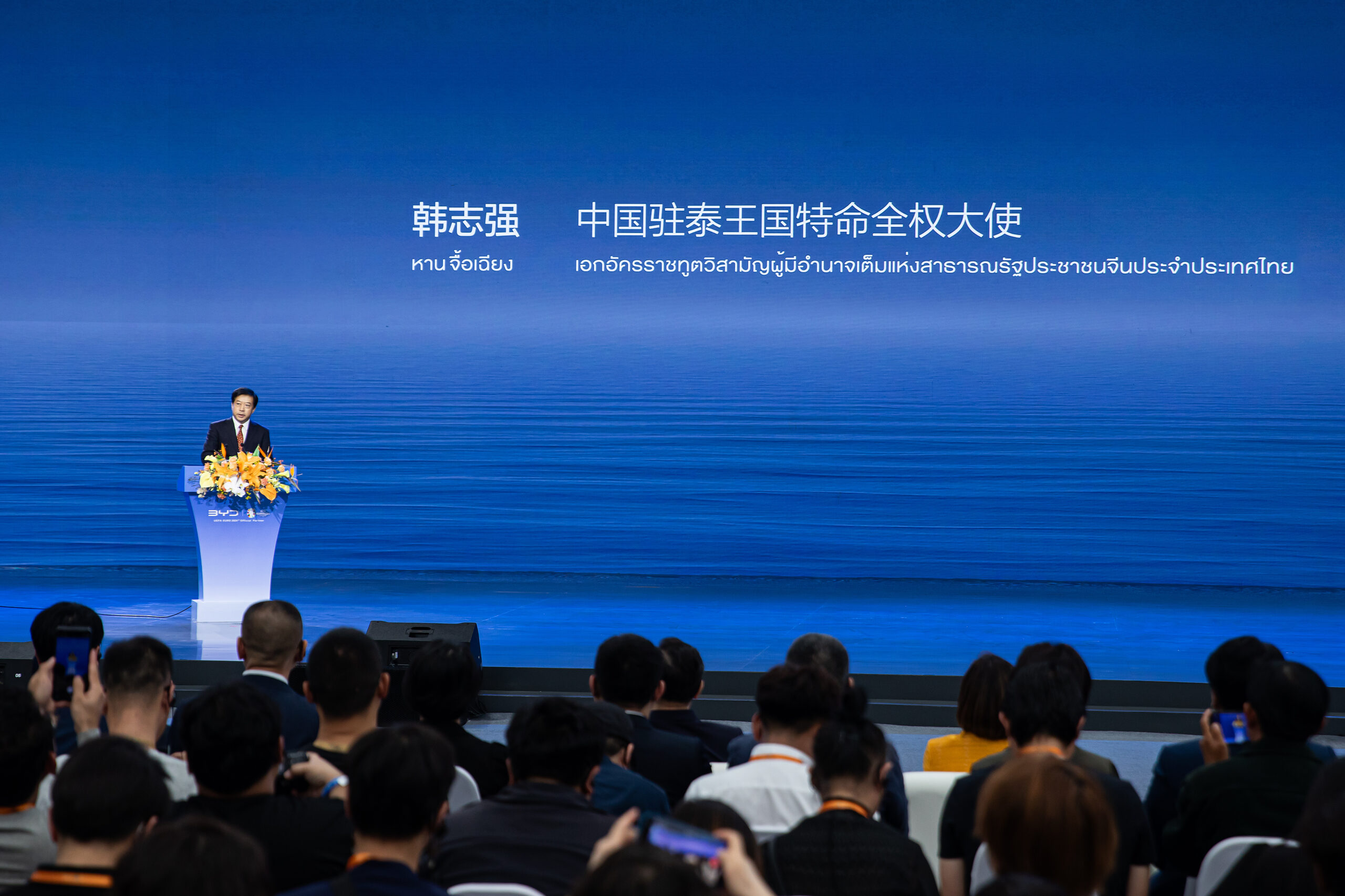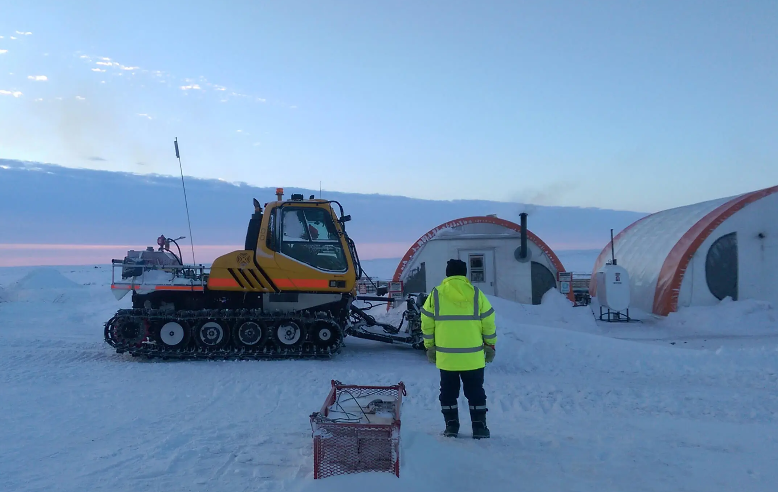A joint venture between Haisla First Nation and Pembina, Cedar would be one of Canada’s first LNG export terminals, costing roughly $4 billion. Cedar would produce 3 million metric tons of LNG per annum (MTPA) after completion in 2028, pending a final investment decision by mid-2024.
Together with the larger Shell-led LNG Canada, which is under construction, the terminals would provide access for Canadian gas to Asian markets, reducing reliance on U.S. sales.
Sinopec is in talks to purchase 1.5 million tons annually of Cedar LNG production under an offtake owned by Pembina, two of the sources said, declining to be named as the talks are not public.
Sinopec did not immediately comment.
Cedar announced in April separate 20-year offtakes with ARC Resources and Pembina for 1.5 million tons each.
“Commercial negotiations with multiple other customers continue to progress as Pembina plans to assign its capacity to a third party,” said Shawn Roth, a spokesperson for Cedar and Pembina. He did not directly answer a question from Reuters on whether Sinopec and Pembina are in talks.
The world’s largest refiner by capacity, Sinopec has slowed its global investment in upstream oil and gas in the decade since the 2014/15 oil price rout and as Beijing increased its scrutiny of national oil companies’ finances.
With slowing oil demand growth but increasing gas use in China, Sinopec is looking to expand its global portfolio by investing in refining and petrochemical projects in Sri Lanka and Saudi Arabia and gas projects in Qatar and Canada.
Sinopec has long shown interest in Canadian LNG export projects, as it is keen to monetise gas assets it acquired from Petronas in 2014, two Beijing-based senior industry sources familiar with Sinopec’s gas strategy told Reuters.
Sinopec acquired Canadian upstream projects from Petronas in 2014, including gas fields in northeastern British Columbia. It had hoped to export this gas via Pacific Northwest LNG project owned also by Petronas but the latter dropped the plans for the LNG facility in 2017, leaving Sinopec with the local Canadian market.
One of the sources said Sinopec was under pressure from the Chinese government to find a way to make the assets more profitable.
“It’s a logical strategy for Sinopec to look at both equity investment and gas offtake in Cedar LNG, though the priority is to monetise the upstream gas assets as local Canadian gas prices are too low,” the source said.
Sinopec last year struck deals with QatarEnergy which included two 27-year contracts for a total of 7 mtpa of LNG supply and a 1.25% stake in the firm’s North Field East expansion project.
(Reporting by Marwa Rashad in London, Aizhu Chen in Singapore; and Rod Nickel in Winnipeg, Manitoba; Editing by Tony Munroe, Dmitry Zhdannikov and Barbara Lewis)
Share This:
Next Article




